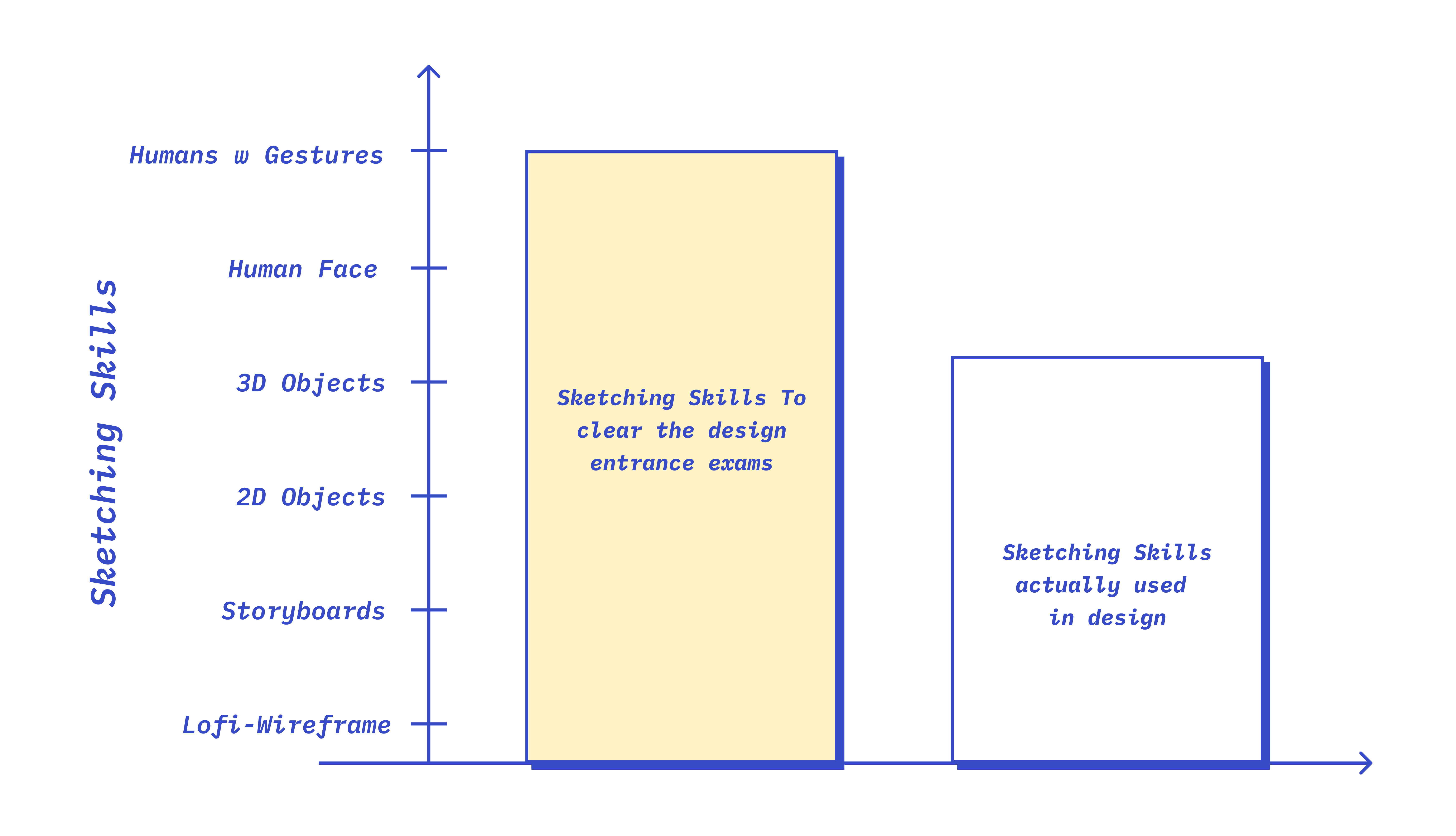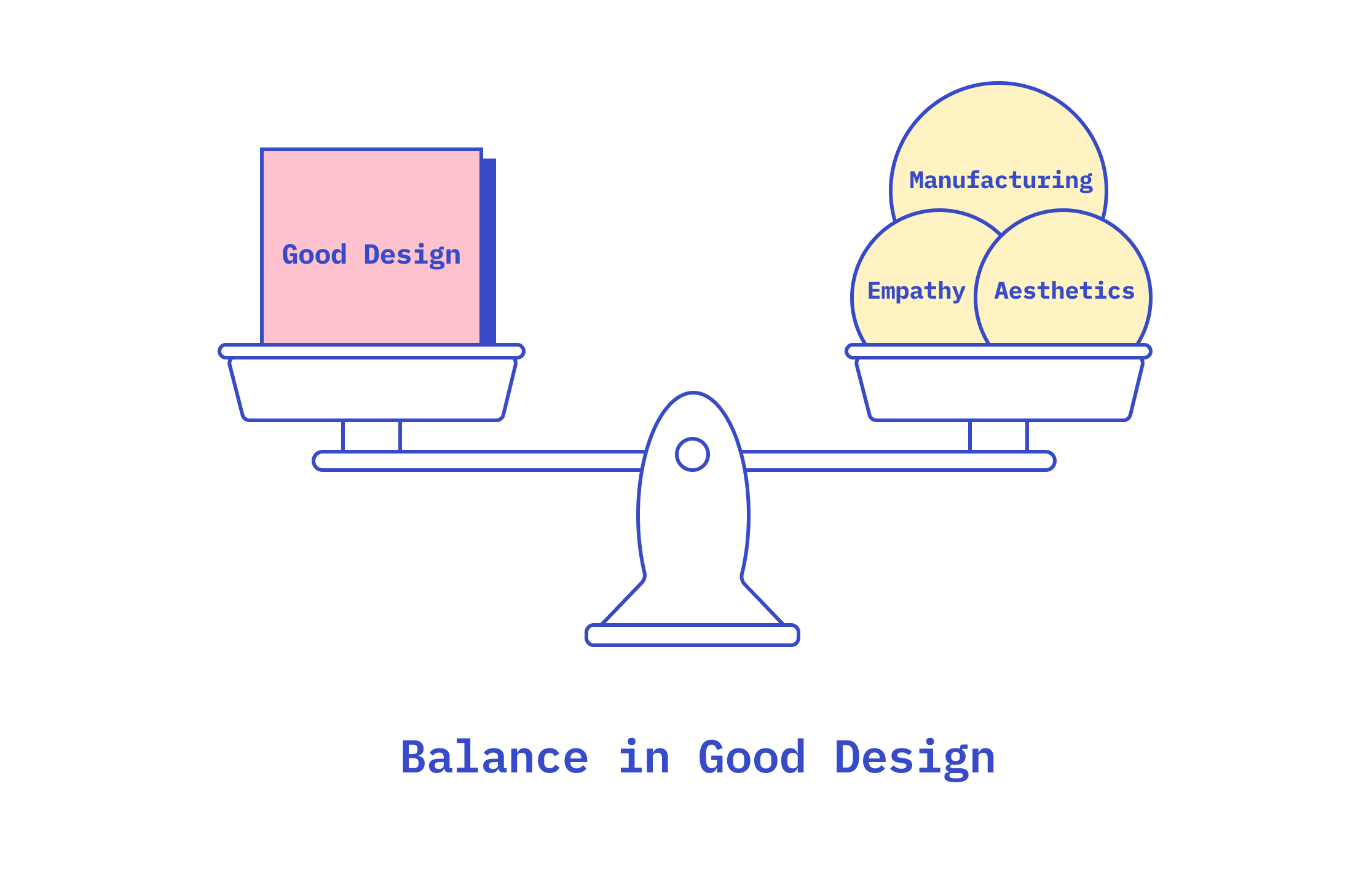How important is sketching for designers ?
How to make your sketching design ready ?
Sketching and Design
One of the most frequently asked questions from aspiring designers is, “How are my sketching skills?” However, the first question they should be asking is, “How important is sketching in design?” The answer is plain and simple: it’s quite an important aspect of design. Whether your design is tangible, like a piece of furniture, or digital, like a digital interface, sketching plays a crucial role not only in shaping your ideas but also in communicating them to stakeholders.
But how much should you sketch? How well should you sketch? What level of skill in sketching is necessary for designers? The answers will relieve a lot of aspiring designers: design is not fine art. You don’t need to be a great artist to be a designer; you just need to be good enough to visualize and communicate your ideas. Average sketches are just as good as brilliant ones when it comes to executing design. However, having great sketching skills undoubtedly gives you an edge over others because it provides a clearer, more aesthetic presentation of your ideas. Your ideas will stand out more clearly in front of stakeholders if they are well visualized and communicated, and there’s no second opinion about that. Better sketches lead to a better edge.
Speed over Quality

More than “good sketching”, The skill of “fast sketching” is a skill that will prove valuable. If you are a graphic designer, communication designer, or animator, it’s more likely that your designs themselves might include an illustration, character design, or animation. In such cases, it goes without saying that you need to be great at sketching.
But don’t be too excited, as this answer is from the point of view of a practicing designer. If we focus on entrance exams where sketching carries heavy weight, you need to be a good artist, without a doubt. It’s a tough pill to swallow, but the level of sketching speed, detailing, shading, and skills required to secure good marks is high. Many designers look back and are surprised by how much they invested in improving their sketching skills, only to not actually use them that much throughout the design process. It’s an entry barrier you have to overcome; your sketching needs to be great, both in terms of speed and skill, to clear the entrance exams.
You should learn how to draw without using an eraser. The sheet you get in exams is made of paper that won’t allow you to erase a line without leaving a ghost mark. This paper allows the evaluator to see your mistakes, which can be both embarrassing and surprising when students realize they cannot erase their errors. It’s also hilarious in hindsight.
Note
To make it clear:
- Do you need to be good at sketching to be a designer? No.
- Do you need to be good at sketching to stand out in front of stakeholders and other designers? Yes, definitely.
- Do you need to be good at sketching to clear entrance exams? No, being good is not enough—you need to be great. Just being good won’t suffice to secure a good rank in an exam that is time-constrained and uses drawing paper that won’t let you erase your mistakes.
Sketching as a Thinking Tool
Beyond just being a means of communication, sketching is an incredibly powerful thinking tool. It serves as an extension of a designer’s mind, allowing for rapid exploration of ideas without the constraints of digital tools. The act of sketching encourages spontaneity, helping designers generate multiple variations of a concept quickly. This flexibility is especially valuable during brainstorming sessions, where iteration and refinement play a crucial role in problem-solving.
Unlike digital tools, which often demand precision from the outset, sketching embraces imperfection and fluidity. It allows designers to visualize abstract ideas, uncover hidden patterns, and spot potential flaws early in the process. Moreover, sketching aids in mapping out workflows, spatial relationships, and interactions in a way that is intuitive and natural. Many designers find that even a rough, scribbled sketch can provide more clarity than a highly polished digital mockup when exploring initial ideas.
For this reason, sketching should not be seen merely as a skill for presenting finished ideas—it is a process that fuels creativity, enhances ideation, and strengthens problem-solving abilities. Whether you’re designing a product, a user interface, or a service, incorporating sketching into your workflow can help you think more critically and refine your vision before moving to the next stage of design.
What Do Designers Sketch?

Sketching the Design
When it comes to sketching the design, there are two categories:
Sketching digital user interfaces: Sketching UI, such as low-fidelity wireframes, requires the least amount of skill in design. That’s not to say designing good UI requires less skill—it definitely requires understanding many principles—but sketching it is straightforward and quick.
Sketching a tangible design: For designs like a water bottle, you need to visualize it from various views (top, bottom, and side) to communicate your ideation clearly before prototyping or pitching your idea to stakeholders. This type of sketching requires a good amount of skill since it involves dealing with perspective and 3D figure drawing.
Sketching the User
The second prominent use of sketching in design is sketching the user or the use case of your design. This really puts your sketching skills to the test if you want to communicate effectively beyond creating the design. In this context, you are often required to draw the design in use with a user, and sketching a human is particularly demanding.
What Is a Storyboard?

Storyboards are visual tools used to plan and organize the sequence of a narrative, typically in the context of film, animation, or design projects. They consist of a series of drawings or images arranged in chronological order, each representing a key moment or scene. These visual panels illustrate the flow of events, actions, and interactions, helping creators visualize the storyline and make decisions about composition, timing, and transitions.
In design, storyboards are especially useful for mapping out user experiences and interactions, allowing designers to anticipate user flows, identify potential issues, and refine the overall user journey before developing the final product.
A storyboard is basically a comic strip used to illustrate your design and its user. This not only requires a finer degree of sketching compared to sketching just the design but also demands a finer degree of imagination to communicate the need and use case of your design effectively.
Conclusion
While sketching is undeniably a valuable skill as it aids in visualizing ideas, communicating effectively with stakeholders, and standing out among peers. The importance of sketching varies depending on the context: exceptional skills are vital for entrance exams and professional illustration, while average sketching suffices for ideation and low-fidelity wireframes.
Regardless of your level, prioritizing speed and clarity over artistic perfection can significantly enhance your design process. Sketching remains a versatile tool that bridges creativity with communication in the designer’s toolkit.

Leave a Reply